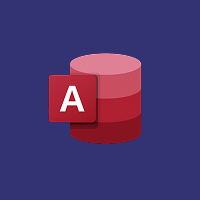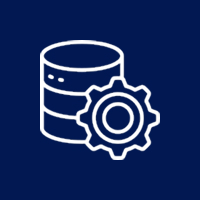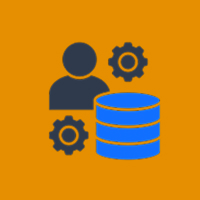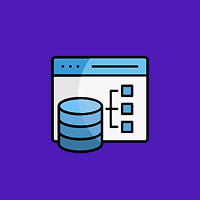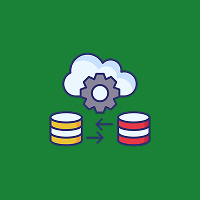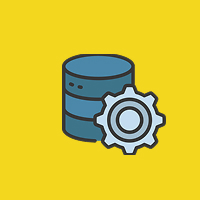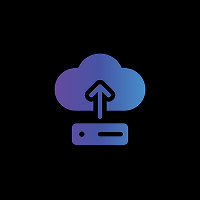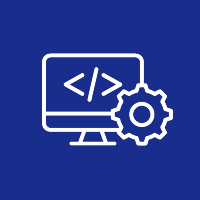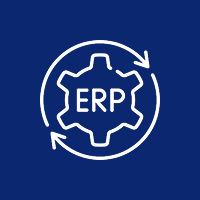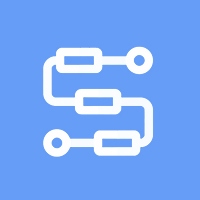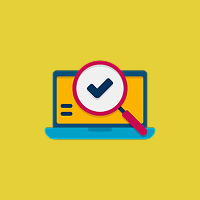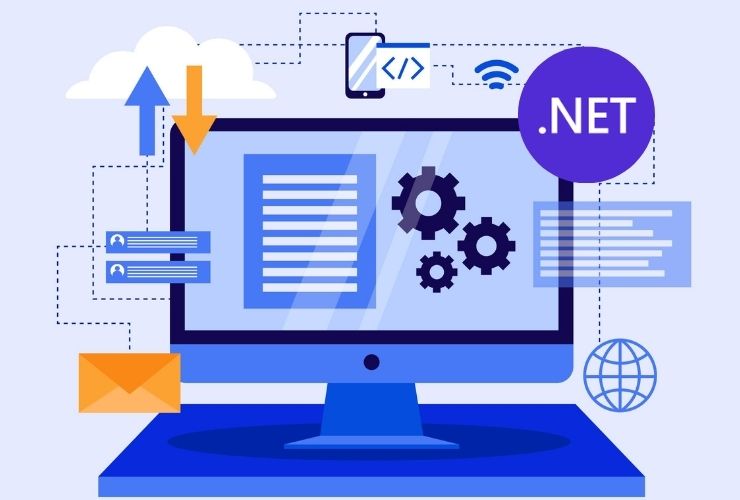Testing is essential to ensuring that your Laravel application continues to function as anticipated—today and in the future. Whether developing a simple or complex application, tests are a security net which prevents bugs, enables rapid development, and provides assurance in your codebase.
Laravel offers great native support for unit testing and feature testing, making it easy to test from single methods all the way up to complete user flows.
Why Testing Matters in Laravel Development
Testing isn’t just a technical activity; it’s a quality software methodology. Quality software testing results in:
- Fewer bugs in production
- Refactoring with confidence
- Faster debugging and maintenance
- Improved developer cooperation
Laravel provides a simple way to structure your tests so they are easy to read, easy to maintain, and consistent in style to how your application is utilized in the real world.
Learning Unit vs. Feature Testing
Unit Testing
Unit tests hit the low-level, standalone pieces like models, helper functions, or service classes. This tests guarantee every element of your application logic performs as intended in a vacuum.
They’re ideal for confirming clean logic—no sessions, no database, no external dependencies. Their performance and precision are best applied to catching issues up front in the development process.
Feature Testing
Feature tests, or integration or system tests, simulate real user interaction with your application. These tests include more than one component playing nicely together—routes, controllers, views, databases, etc.
Feature tests come in handy when testing workflows are working as expected and are extremely helpful for catching edge cases or integration problems unit tests might overlook.
Laravel Testing Best Practices
1. Begin Small and Test Often
Don’t wait until the end of development to start testing. Weave small, smart tests in as features are implemented. This will catch bugs early and prevent new code from polluting existing functionality.
2. Isolate Unit Tests
Don’t pull the database or other services into unit tests. Isolate logic and test only the behavior of individual methods or classes to keep tests fast and targeted.
3. Use Clear and Descriptive Test Names
Your test names should be indicative of what is being tested and what the outcome should be. This is easier to comprehend and will make your test suite easier to work with in the long term.
4. Use Test Data Factories
Laravel provides factory utilities to create test data. Use them to have clean and consistent tests without hardcoded sample values.
5. Reset the Database Between Tests
Keep your test environment pristine by always resetting the database following each test. It prevents interference and provides identical results.
6. Test Both Happy and Edge Cases
Even though it is important to guarantee features are operational in best-case scenarios, it is just as important to test error conditions and edge cases.
7. Keep Your Tests Running Quickly
Slow tests kill productivity. Attempt to balance depth and speed. Keep logic-intensive tests in the unit test domain and keep the longer, cumulative tests for the most important features.
8. Automate Your Testing Process
Set up continuous integration (CI) pipelines that automatically execute tests upon each commit or pull request. This maintains code quality within your team and prevents issues from reaching production.
Benefits of a Thoroughly Tested Laravel Application
By incorporating testing right into the core of your Laravel development process, you benefit in a number of ways:
- Increased reliability and fewer crashes
- Better, safer code changes
- Smoother onboarding for new developers
- Neater, more modular code
- Greater user satisfaction and trust
Last Words
Testing isn’t merely about avoiding bugs—it’s coding with confidence. Laravel provides you with the means to write solid unit and feature tests out of the box. If you adopt best practices and incorporate testing into your routine, you’re building software that’s more stable, easier to keep up to date, and quicker to expand.
Begin small, test early and frequently, and don’t hesitate to iterate. The more you test, the more your Laravel application approaches a rock-solid, reliable system your users and team can rely on.
Contact Us Today



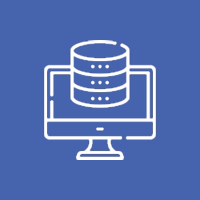





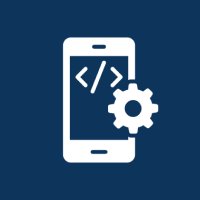



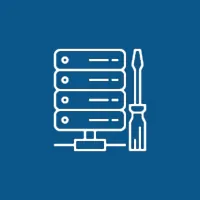 Database Development
Database Development




